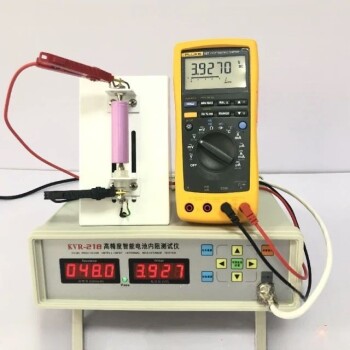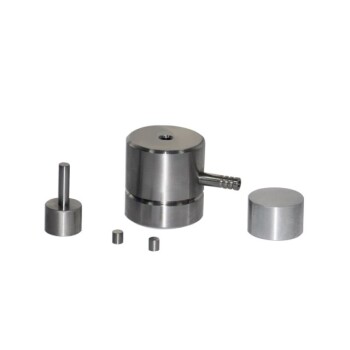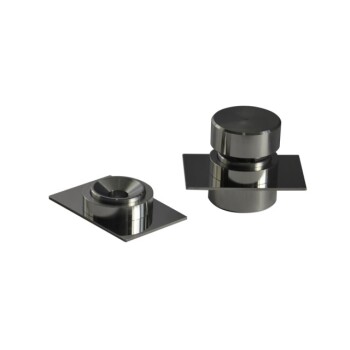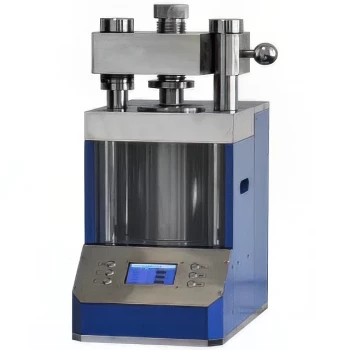When it comes to soil testing, it's important to consider both quick preliminary checks and thorough laboratory analyses.
Each method has its own set of advantages and is suitable for different stages and purposes of soil analysis.
Here, we will explore the key aspects of both methods, focusing on their applications, benefits, and the contexts in which they are most effective.
4 Key Approaches to Soil Testing Explained

1. Preliminary Quick Checks
Purpose: These checks are designed to provide a rapid assessment of soil conditions before detailed laboratory analysis.
They help in identifying areas that need more attention and allow for preliminary data collection for future comparisons.
Methodology: Using handheld soil analyzers, particularly those based on X-ray fluorescence (XRF) technology, allows for in-situ measurements and screening of heavy metals and other contaminants.
Advantages:
- Speed and Efficiency: Results can be obtained within seconds, covering over 30 elements simultaneously with minimal sample preparation.
- Cost-Effectiveness: Reduces the number of samples needing laboratory analysis, thereby lowering costs and analysis time.
- User-Friendly: Requires minimal training and is easy to use, making it accessible for field conditions.
2. Thorough Laboratory Analyses
Purpose: For comprehensive soil analysis, especially when examining samples from different parts of a territory, detailed laboratory tests are essential.
These tests provide a complete picture of the soil's chemical and physical properties.
Methodology: Involves taking representative samples from different areas of the studied object, adhering to specific rules of sample collection and preparation.
The size and number of areas sampled depend on the variability of the fields.
Advantages:
- Detailed Analysis: Offers a deeper understanding of soil composition, including nutrient levels, pH, organic matter content, and the presence of contaminants.
- Accuracy and Reliability: Laboratory tests provide highly accurate and reliable data, crucial for making informed agricultural and environmental decisions.
- Compliance with Standards: Ensures that the soil meets all international agricultural standards, which is vital for both domestic and export markets.
3. Integration of Methods
Complementary Approach: The preliminary quick checks and thorough laboratory analyses are not mutually exclusive but rather complementary.
The quick checks can identify areas of concern, guiding the selection of samples for more detailed laboratory testing.
Enhanced Decision-Making: By combining the speed and convenience of quick checks with the depth and precision of laboratory analyses, stakeholders can make more informed decisions about soil management and remediation.
4. Environmental and Agricultural Implications
Soil Quality and Plant Health: Regular soil testing helps in maintaining optimal conditions for plant growth, ensuring high-quality and regular harvests.
Ecological Balance: Monitoring soil for harmful substances and heavy metals aids in maintaining ecological balance and preventing environmental degradation.
Sustainable Practices: Accurate soil testing supports sustainable agricultural practices, contributing to long-term environmental health and food security.
In conclusion, the best method for soil testing depends on the specific needs and objectives of the analysis.
Preliminary quick checks using handheld XRF analyzers are ideal for rapid assessment and initial screening.
Thorough laboratory analyses provide comprehensive data essential for detailed evaluations and compliance with international standards.
Integrating these methods ensures a robust approach to soil management, supporting both agricultural productivity and environmental sustainability.
Continue Exploring, Consult Our Experts
Discover the precision and efficiency of soil testing with KINTEK SOLUTION’s cutting-edge equipment and comprehensive services.
Embrace the synergy of rapid, on-site XRF analysis for initial screenings and our thorough laboratory testing for in-depth soil insights.
Elevate your agricultural and environmental decision-making.
Don't wait to safeguard your soil's future—connect with our experts today for a tailored soil management solution.

















